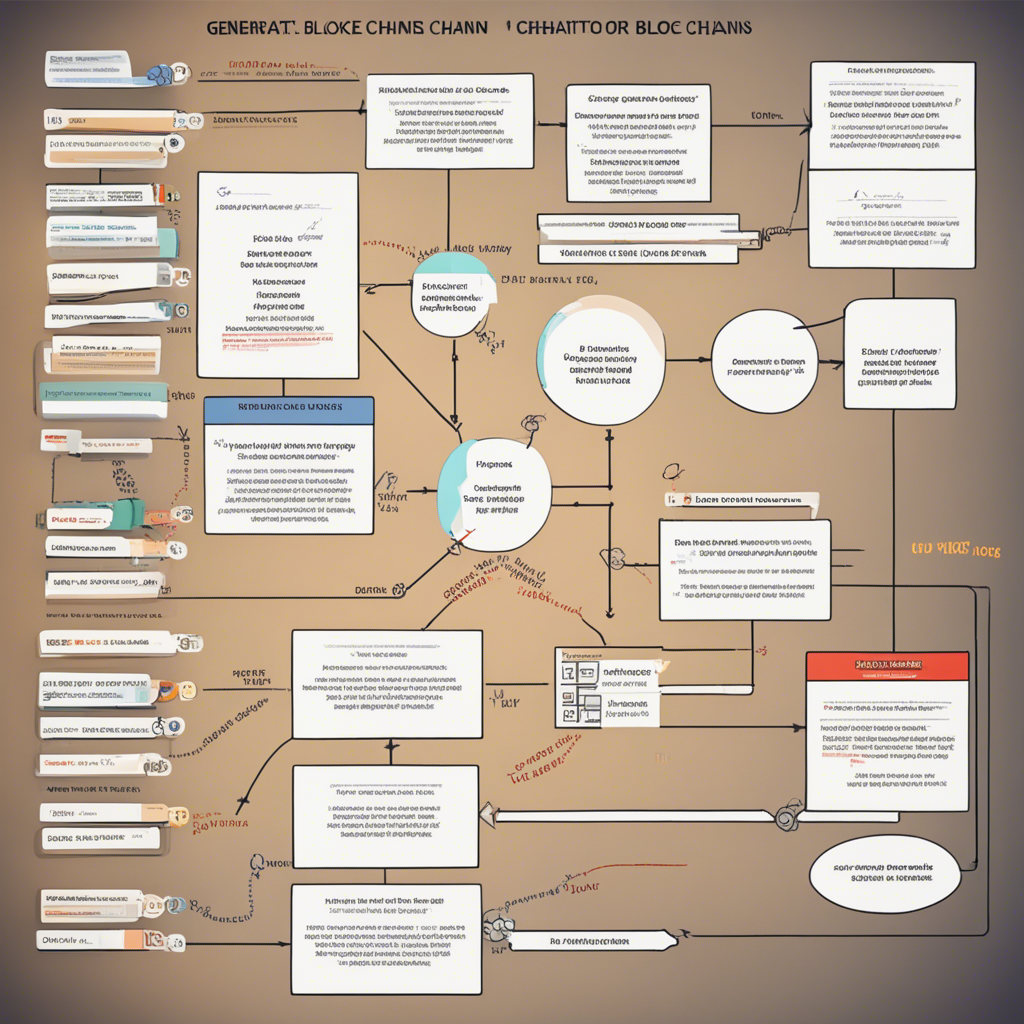
Understanding the Basics of Blockchain Technology
Blockchain technology has gained significant attention in recent years, with its potential to revolutionize various industries and sectors. From finance and healthcare to supply chain management and voting systems, blockchain technology offers a secure and transparent way to record and verify transactions. In this blog post, we will delve into the basics of blockchain technology, exploring what it is, how it works, and its potential applications.
What is Blockchain Technology?
In simple terms, blockchain is a decentralized digital ledger that records transactions across multiple computers. Unlike traditional centralized systems, where a single authority is responsible for maintaining and verifying transactions, blockchain operates on a network of computers known as nodes. These nodes work together to validate transactions and create a decentralized consensus.
The main characteristics of blockchain technology are:
-
Decentralization: Blockchain technology operates without a central authority, making it highly resistant to censorship and tampering. Transactions are verified and recorded by a network of nodes, ensuring transparency and security.
-
Transparency: Every transaction recorded on a blockchain is transparent and can be viewed by all participants in real-time. This transparency helps to prevent fraud and enhances trust in transactions.
-
Security: Blockchain technology utilizes advanced encryption algorithms and consensus mechanisms to ensure the security of transactions. Once a transaction is recorded on the blockchain, it is almost impossible to alter or tamper with.
-
Immutability: Once a transaction is added to the blockchain, it becomes a permanent part of the ledger. The decentralized nature of blockchain technology, combined with cryptographic hashing techniques, makes it highly resistant to data modification.
How Does Blockchain Work?
To understand how blockchain works, let’s break it down into a step-by-step process:
-
Transaction Initiation: A user initiates a transaction by creating a digital transaction record or a “block.” This block contains information such as the sender, recipient, and the details of the transaction.
-
Verification and Validation: The block is broadcasted to the network of nodes, who validate the transaction using consensus algorithms such as Proof of Work (PoW) or Proof of Stake (PoS). These algorithms ensure that the transaction is legitimate and not a duplicate or fraudulent one.
-
Block Addition: Once the transaction is validated, it is added to a new block, along with other validated transactions that have occurred within a specific time interval. This block is then added to the existing chain of blocks, forming a chronological sequence of transactions known as the “blockchain.”
-
Consensus Mechanisms: Consensus mechanisms are used to agree on the validity of transactions and the order in which they are added to the blockchain. Different blockchain networks may use different consensus mechanisms, depending on their specific requirements.
-
Data Encryption: Each block on the blockchain is linked to the previous block through a cryptographic hash function, creating a chain of blocks. This hash function ensures data integrity and provides additional security to the blockchain.
-
Network Maintenance: The network of nodes continuously maintains and updates the blockchain. Nodes follow certain protocols and rules defined by the blockchain network to ensure the stability and integrity of the system.
Potential Applications of Blockchain Technology
Blockchain technology has the potential to revolutionize various industries and sectors. Let’s explore some of its potential applications:
-
Finance and Banking: Blockchain technology can streamline transactions, reduce costs, and enhance security in the financial sector. It can provide a transparent and immutable ledger for recording and verifying transactions, eliminating the need for intermediaries.
-
Supply Chain Management: Blockchain technology can enhance transparency and traceability in supply chain management, allowing businesses and consumers to track the origin and movement of goods. It can help reduce fraud, counterfeiting, and ensure ethical sourcing.
-
Healthcare: Blockchain technology can facilitate secure and interoperable sharing of medical records and health data among healthcare providers. It can also help in tracking the authenticity and provenance of pharmaceutical drugs, reducing the risk of counterfeit medicines.
-
Voting Systems: Blockchain technology can provide a secure and transparent platform for conducting elections. It can ensure the integrity of the voting process, prevent fraud, and increase trust and confidence in electoral systems.
Conclusion
Blockchain technology holds immense potential to transform various industries by providing secure, transparent, and decentralized systems. Its underlying principles of decentralization, transparency, security, and immutability make it a valuable tool in overcoming challenges such as fraud, data tampering, and lack of trust. From finance and supply chain management to healthcare and voting systems, blockchain technology is poised to revolutionize the way we conduct transactions and manage data. Understanding the basics of blockchain technology is crucial for individuals and businesses looking to harness its potential and embrace the future of digital innovation.
Note: This blog post is a basic introduction to blockchain technology. For a deeper understanding and technical details, we recommend referring to reputable sources such as academic papers, books, and official blockchain documentation.






